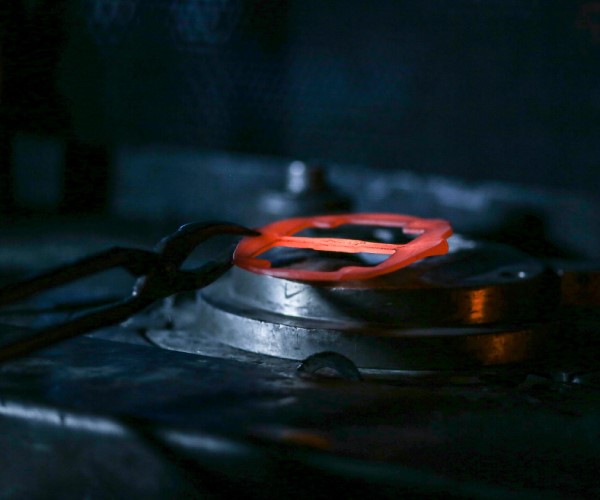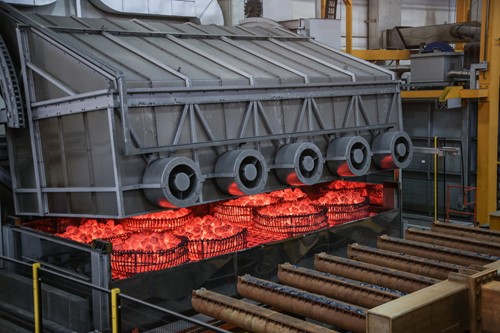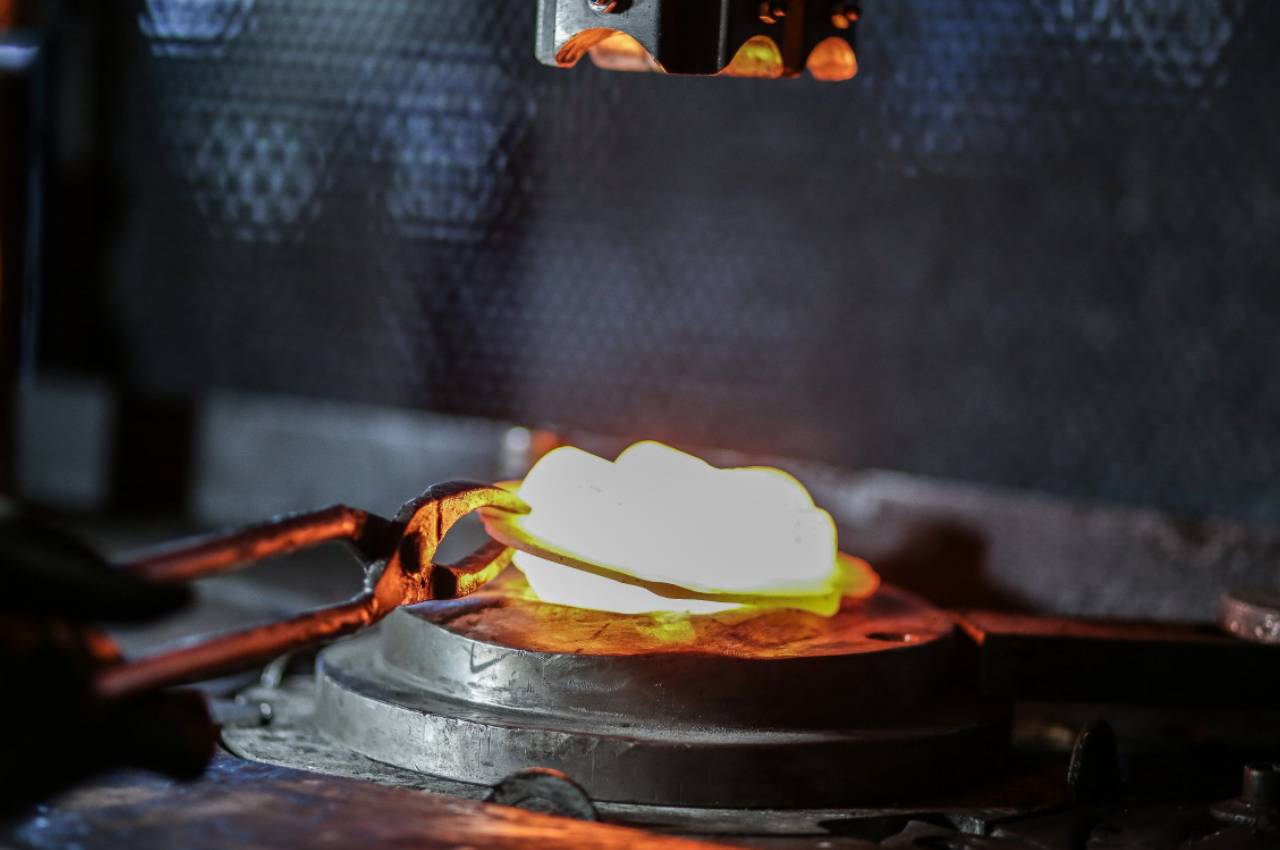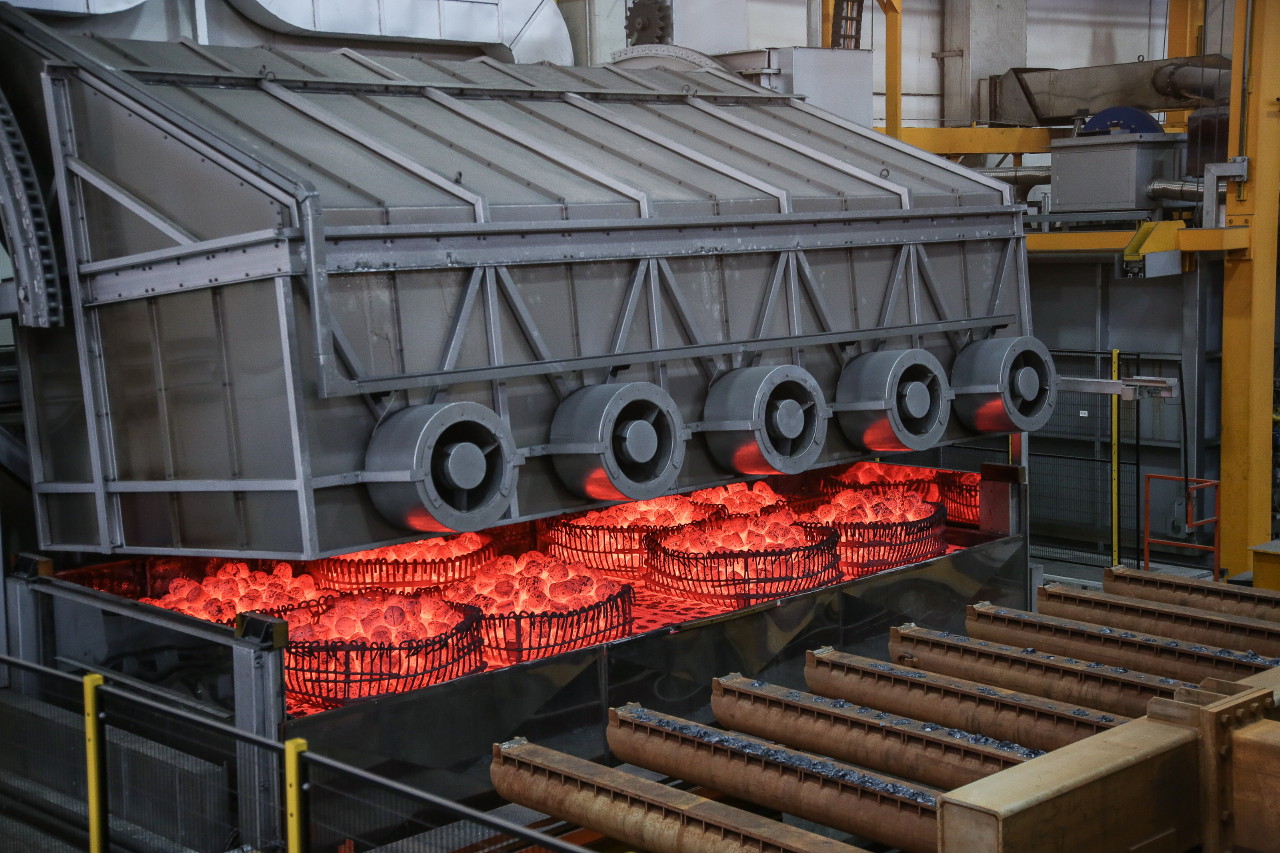

Heat treatment of metals
On this page:
- Overview
- Stages of heat treatment
- Types of heat treatment
- Heat treatment of steel
- Applications
- Certifications
A definition of heat treatment
Some processes performed on metals produce heat, such as welding or cutting. The heat changes its structure and metallurgical properties. Similarly, you can use heat treatment to obtain the required mechanical characteristics.
Heat treatment is the process of heating the metal without letting it reach the melting point and then cooling it down in a controlled manner to obtain the desired mechanical properties. Heat treatment of steel or other metals plays an important role in various manufacturing stages, to make the material stronger and more resistant to abrasion.
Steps of heat treatment of metals
Although there are many types of heat treatment (that we will explore in the next paragraphs), all they follow similar processes. There are three main stages of heat treatment of metals:
- Heating stage;
- Soaking stage;
- Cooling stage.
The heating stage
The first step consists in heating the metal to the required temperature according to the result you want to achieve in the realization of fittings. Sometimes, the temperature rises to 2150 °F and is maintained for a certain period of time before cooling.
During this phase, larger parts or parts with uneven cross sections need to be heated more slowly than small parts to allow the inside temperature to be close to the surface temperature. While the metal is hot, its microstructure changes, causing a change in the physical properties of the metal.
The soaking stage
During the soaking phase the metal is immersed and kept at the desired temperature until the final internal structure takes shape. Soaking time is an essential factor during the heat treatment process, and should be determined based on a study of the characteristics of the metal.
The cooling stage
In the final step, the metal is cooled back to room temperature. To do so, there are different methods depending on the metal. You can choose:
Generally cooling takes place in a tank of water in normal or forced movement (depending on the shape of the product).
M.E.G.A. can perform various heat treatments to provide our customers with quality parts that meet their specifications.
Different types of heat treatments
Even though every heat treatment for metal includes a heating and cooling phase, there are different types of processes. In this paragraph and in the next one, we will discuss the main four.
Hardening
Hardening involves heat treatment of the metal material to a specific temperature to resolve any defects in the structure of the metal itself and make it more resistant.
It consists in bringing the metal into the solution of fine particles. This works to strengthen the metal material. Once there has been complete heating of the metal to the required temperature, it is annealed as quickly as possible. Hardening helps the metal trap the particles in the solution.
Annealing
Suitable for metals such as steel, aluminum, copper, silver, or brass, the annealing leads to the heat treatment of the metal to a specific temperature for decreases the metal’s hardness while increasing its ductility. Once heated, the metal is kept at that temperature for some time for processing and then cooled to air.
Normalizing
The normalization heat treatment process is applied to ferrous materials and serves the mechanical properties of the material by refining the microstructure. During the process, the ferrous metal is heated in the austenite phase above the transformation interval. It is then cooled to room temperature, making it ready for further processing.

Heat treatment of steel
Tempering is a heat treatment process that helps to increase the resilience of steel and helps to modify the hardness, brittleness, and ductility of the metal.
Sectors of applications
MEGA performs heat treatment on all the products supplied.
Oil and Gas
The oil and gas sector needs high-quality, durable parts for its plants. We have a wide range of products for the oil&gas sector including oil pressure pipe fittings, accessories, and adapters for all kinds of needs. Our company offers a wide range of low and high-pressure pipe fittings for oil&gas and naval industries, pressure washers, and earthmoving machines.
Conventional Power Plants
M.E.G.A. products play a large part in the furniture of pipe fittings and spare parts for conventional power plants. Thanks to our heat treatments, we are able to satisfy every customer's specifications.
Subsea and offshore installations
M.E.G.A. is capable of satisfying the stringent requirements necessary for products installed in surface or deep waters. Its products are fully compliant, most notably with DNV requirements for subsea and offshore installations.
Nuclear power plants
M.E.G.A. can provide different fittings for the nuclear industry:
- Standard nuclear fittings
- Megalets
- Special nuclear fittings
- Seamless pipes for nuclear plants
- Welded nuclear fittings
Depending on the specifications requested by the customer, we can operate heat treatments on metal parts to finally get the desired product.
Chemical fittings
Pipe, tube, and pump fittings for the chemical sector must meet quality and security requirements: M.E.G.A. is able to provide high-quality selected steel fittings that can withstand highly corrosive environments.
Our certification in heat treatments
The heat treatment furnaces and tanks in M.E.G.A. are all certified to Norsok M-650 and ASTM A991 standards and can treat any product that M.E.G.A. produces (large and small forgings, pipes, and any other type of part).
Are you in need of a partner for metals heat treatment?




